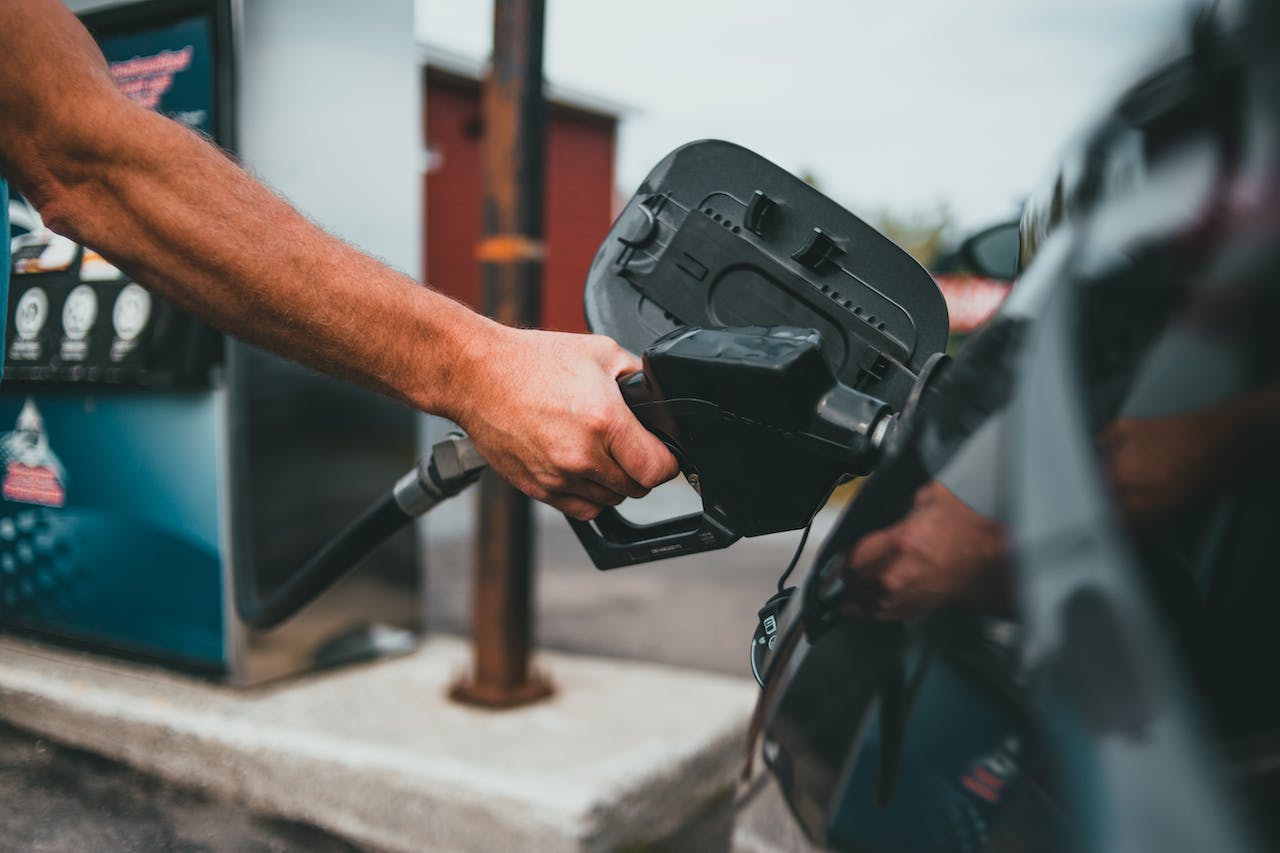In the ever-changing landscape of fuel costs, the forecast of gasoline prices presents a nuanced perspective, encompassing recent declines, looming warnings, and potential impacts on the upcoming year’s election. In a recent downturn, gasoline prices have taken a dip, prompting optimism among Americans about continued relief at the pump. According to AAA data, the average gallon of gasoline stood at $3.09 on Wednesday, marking a 15-cent drop from a month prior. Notably, 28 states have witnessed their average gas prices fall below $3 per gallon, a significant increase from just 11 states in mid-November.
However, experts caution against premature celebration as these declines may be short-lived. The imminent driving season, coupled with various factors, could see prices climbing higher. The switch to a pricier summer blend, extreme heat, and the looming threat of hurricanes disrupting supply chains are among the challenges contributing to potential price hikes. Tom Kloza, the global head of energy analysis at OPIS, conveyed to Yahoo Finance this week that once all is said and done, OPIS predicts an average annual price of $3.499 per gallon, making it the fifth most expensive year on record.
Kloza anticipates a disappearance of most sub-$3 per gallon values within the first 100 days of the year, with a resurgence expected in the fourth quarter as winter-grade fuel and lower demand seasonality kick in. Unfortunately, this timing aligns with the upcoming presidential election, with experts predicting the Biden administration’s continued focus on lowering driving fuel costs, particularly in battleground states. However, according to Kloza, higher prices are likely to persist throughout the year in specific regions, including Arizona, California, the Pacific Northwest, and some Rocky Mountain states.
The situation is exacerbated in states like California, where gasoline prices are already significantly higher due to factors such as a lack of refining infrastructure, higher taxes, and stringent regulations. Andy Lipow of Lipow Oil Associates highlights the broader economic implications, stating that gasoline will average less than $3.50 per gallon in 2024, peaking at $3.75 during the late summer hurricane season. In California, prices are expected to be about $1.50 higher than the national average.
Contrary to some predictions, the Energy Information Administration (EIA) foresees a decline in gasoline prices for 2024, with an average of $3.36 per gallon, down from their previous projection of $3.61. However, this projection hinges on a 1% decline in consumption, influenced by factors such as remote work trends, improved fuel efficiency, and the impact of inflation on consumer spending.
In retrospect, driving fuel prices closed 2023 near the lows of the year, with the average retail gasoline price 43 cents per gallon lower than in 2022, as per EIA data. This decline is largely attributed to falling oil prices, which experienced an average 10% drop in 2023. Yet, experts caution against assuming this trend will continue, emphasizing that prices are likely to start climbing again, making 2023 a year for higher gas prices.
As we navigate the twists and turns of fuel prices, the forecast of gasoline prices underscores the need for vigilance among consumers, as 2024 promises a dynamic landscape with potential shifts, impacts on the election, and an ongoing importance in the broader economic discourse. While the recent decline offers a respite, it’s crucial for Americans to acknowledge the temporary nature of this trend. With the summer months on the horizon, a significant increase in gas prices is anticipated, urging drivers to prepare for potential fluctuations. As the nation navigates an uncertain period with a presidential election on the horizon and persistent concerns about inflation, gasoline prices will undoubtedly remain a key issue to watch in the coming months.



